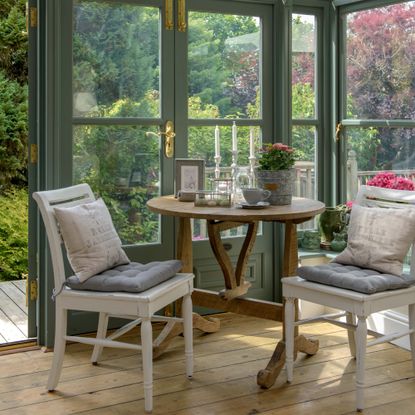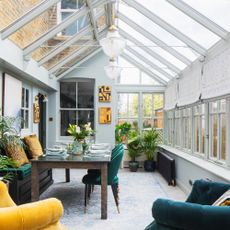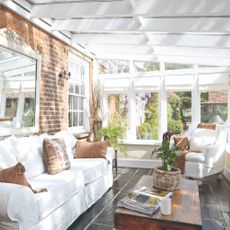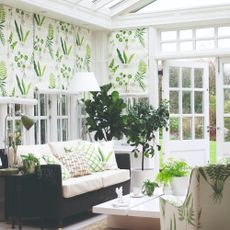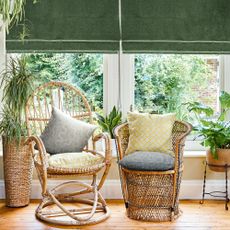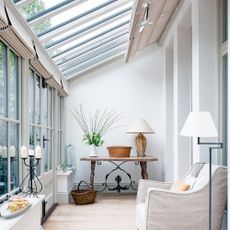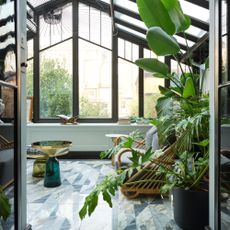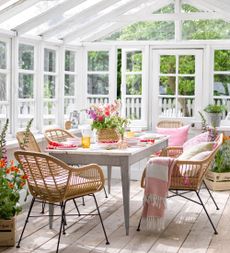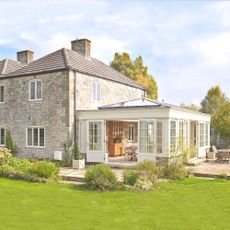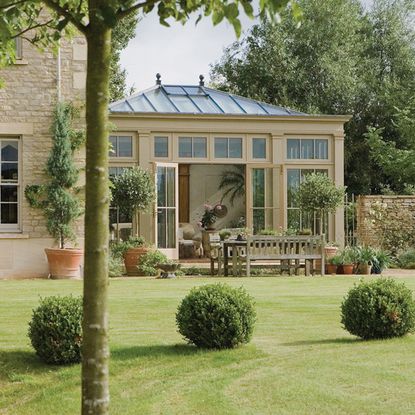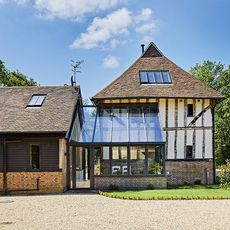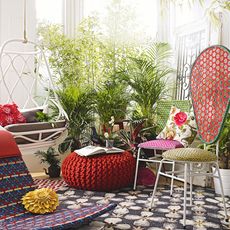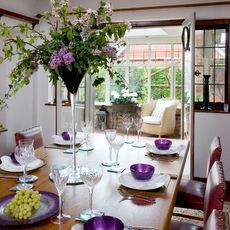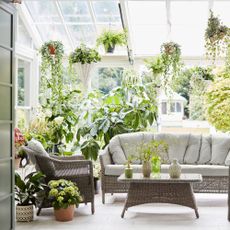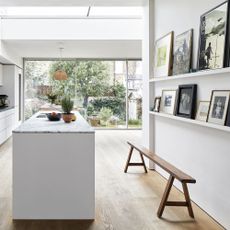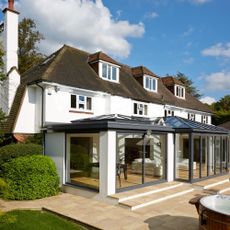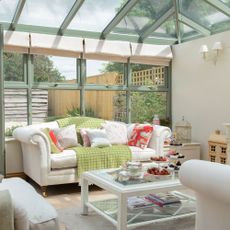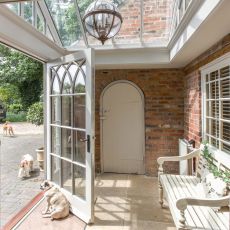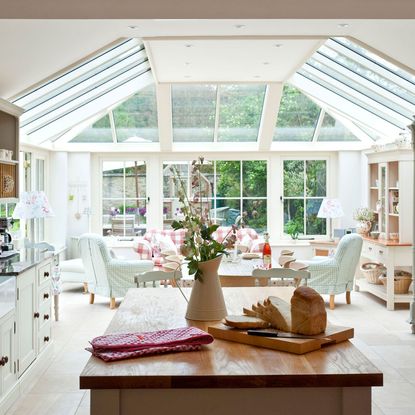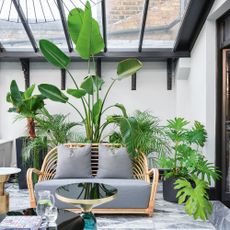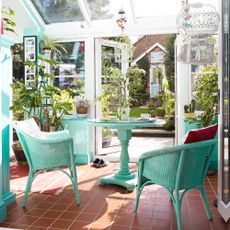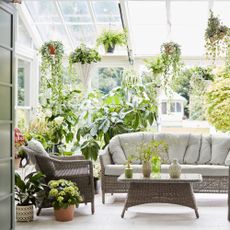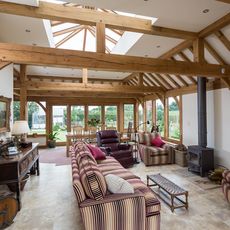Conservatory ideas have to work a little harder than in other rooms in the house. These light-filled spaces are designed to be a gateway to the outside, a spot where you can sit and enjoy the early morning sun when it's too cold to go out.
However, if your house is on the small side, they often need to be more than just a garden room. They need to double up as living rooms, play spaces or dining areas, and in this case, it's crucial to plan the conservatory blind ideas and flooring ideas carefully. Get them wrong, and you could end up with a space that is either too hot or too cold to use, depending on the time of year. But get it right, and you'll be blessed with a gorgeous room that adds more usable space to your home.
